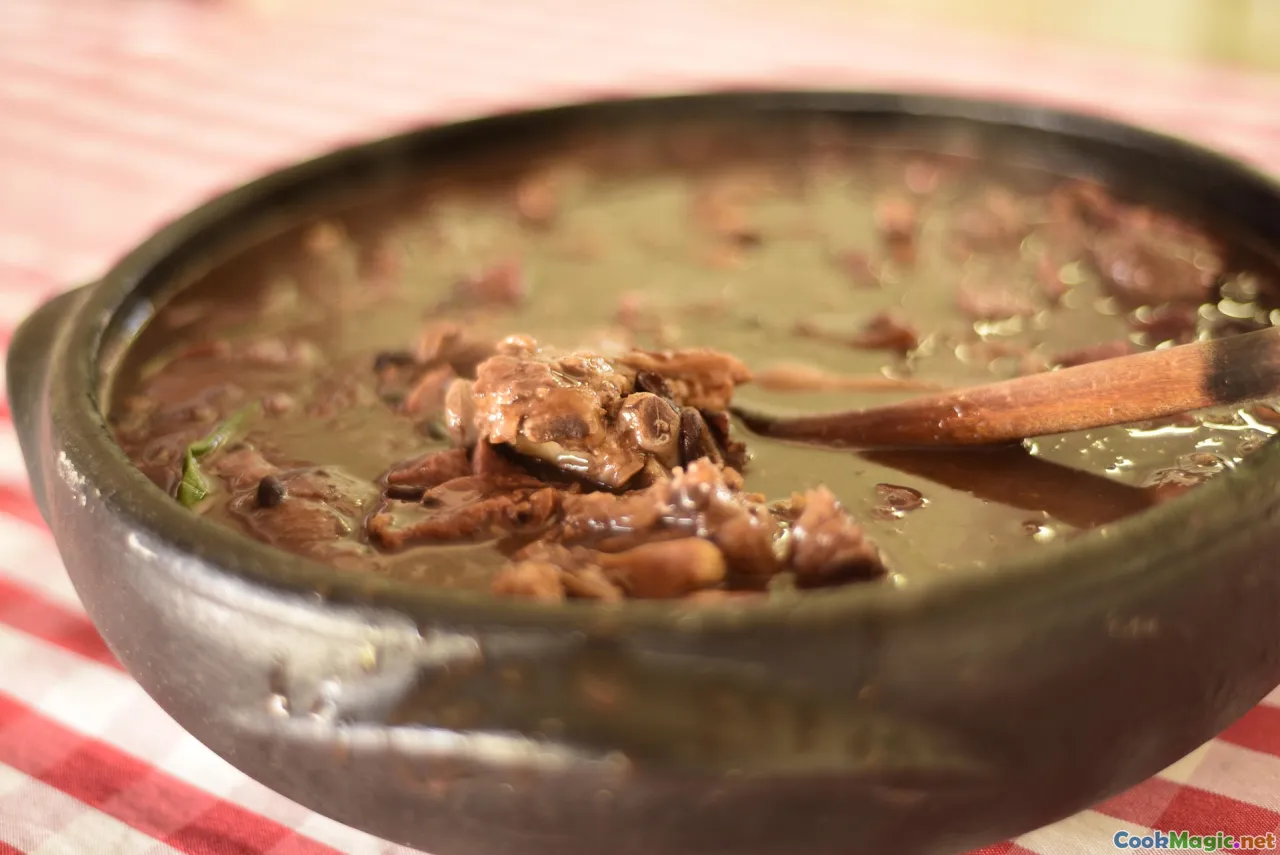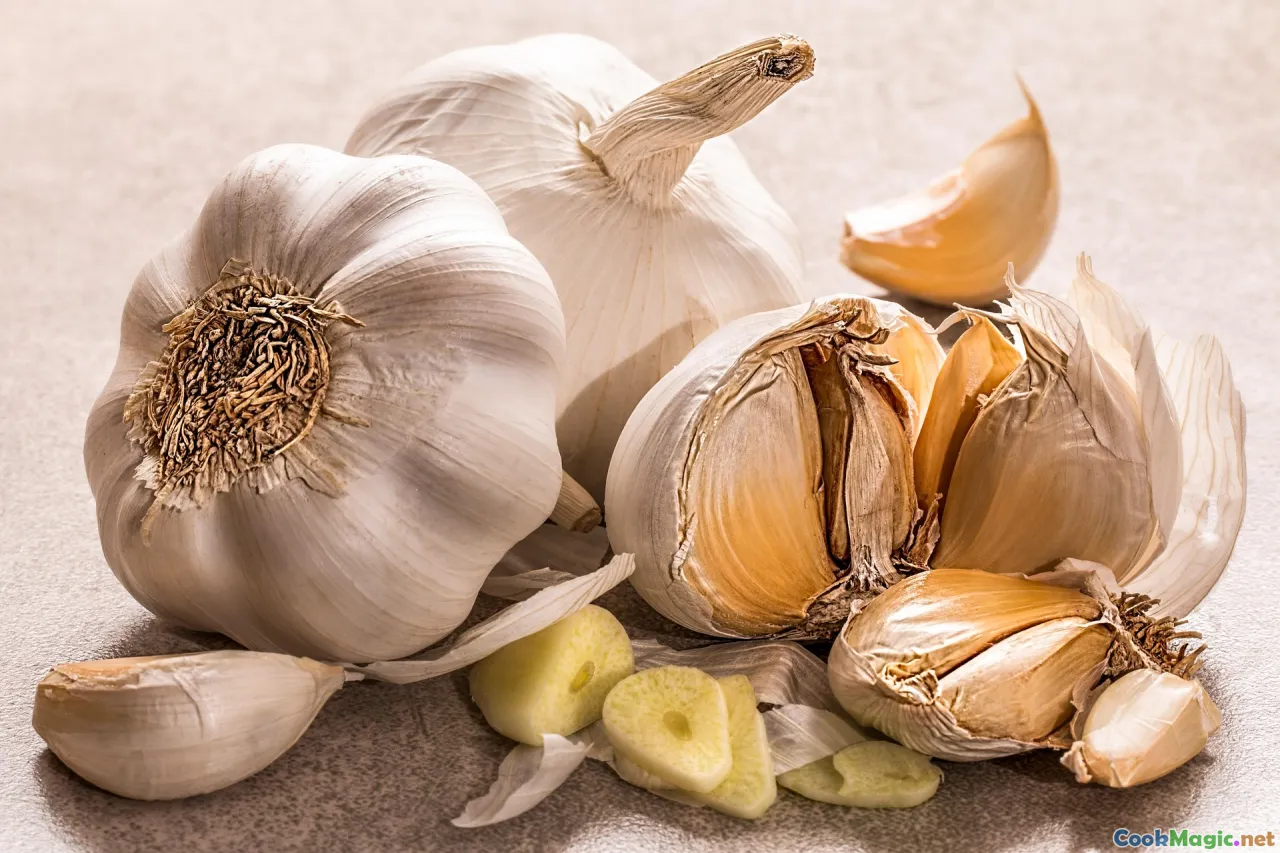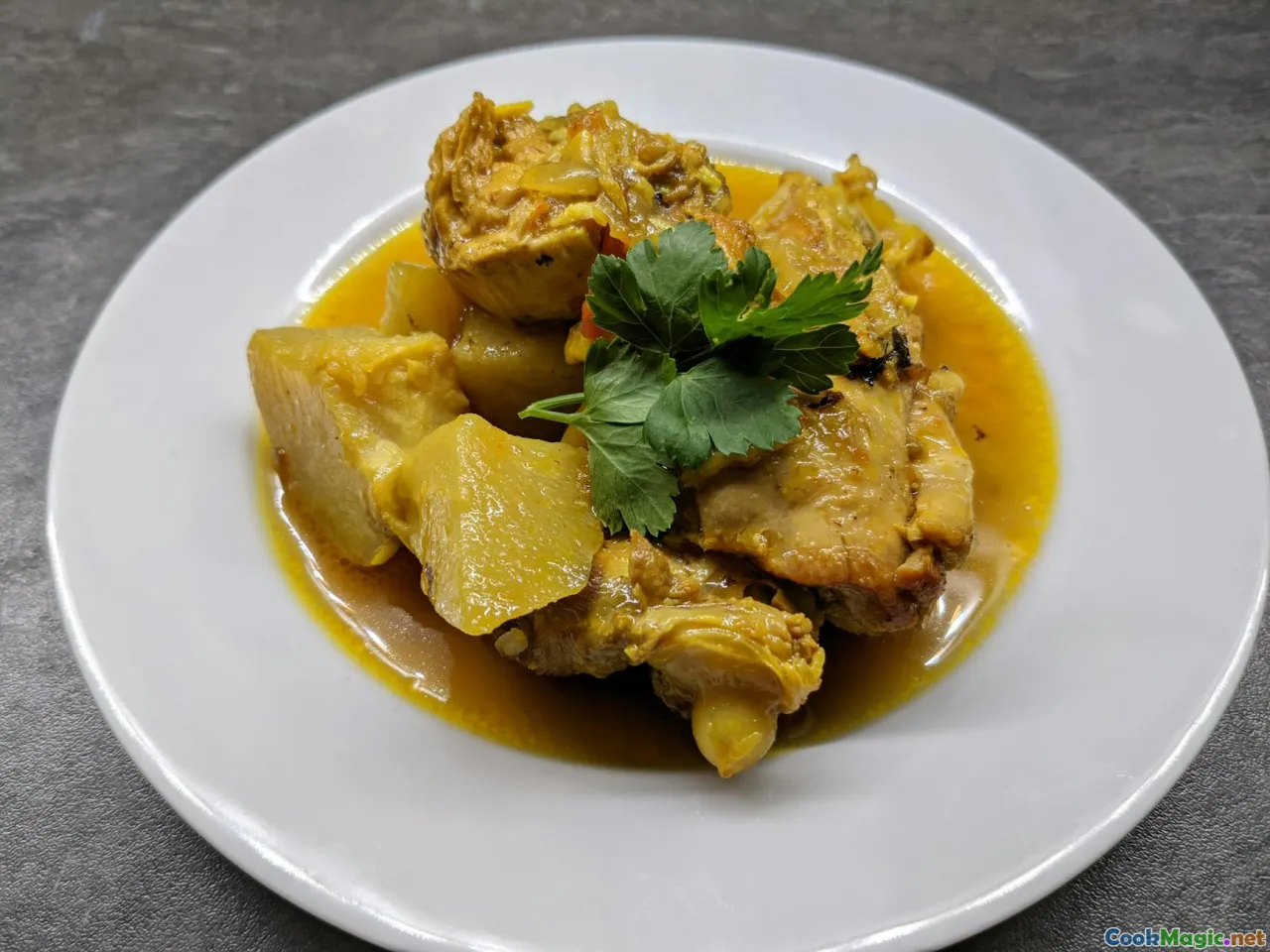Demystifying Cassoulet the Iconic Bean Stew
8 min read Explore the history, ingredients, and cooking techniques behind Cassoulet, France's iconic slow-cooked bean stew celebrated for its rich flavors. August 06, 2025 18:05
Demystifying Cassoulet, the Iconic Bean Stew
Imagine a slow-simmered symphony of textures and flavors—a bubbling cauldron of tender beans tangled with succulent meats, layered with smoky richness and herbaceous depth. That is the heart and soul of cassoulet, a dish that embodies the cultural tapestry of southwestern France and seduces countless palates with its rustic charm. For those passionate about French cuisine, unraveling the mysteries behind this legendary stew is like peeling back layers of history, tradition, and culinary artistry.
The Cultural Tapestry of Cassoulet

Cassoulet is more than just a dish; it’s an emblem of regional identity and communal bonds. Originating from the Languedoc and Toulousian regions, it reflects a history rooted in humble peasant roots, devised to sustain families during harsh winters and times of scarcity. Over centuries, this humble stew evolved into a culinary tradition celebrated across France.
In medieval Toulouse, cassoulet was associated with Sunday family gatherings—a time to simmer patiently, slow-cooked to perfection, uniting generations around a bubbling pot. Today, visiting a rustic café in Carcassonne or a bustling marché in Toulouse offers an authentic taste—where the aroma alone commands attention.
By probing its history, we see cassoulet as a dish with roots anchored in ingenuity: using what the land provides—legumes, inexpensive cuts of meat, and seasonal herbs—to craft a hearty feast.
The Basic Anatomy—What Makes a Classic Cassoulet?

At its core, a classic cassoulet contains a few stellar ingredients, yet the magic lies in their harmony. The foundational element is the white beans—traditionally the intangible Tarbais beans, prized for their creamy texture and ability to absorb flavors.
Next, the proteins. Most iconic are confit duck legs—tender, slowly rendered in duck fat, with shimmering, crispy skin. Around them, chunks of pork shoulder, sausages(like Toulouse sausage), and sometimeslamb find their place, each adding its unique aroma and mouthfeel.
Flavor-wise, garlic, thyme, and bay leaves perfume the stew as it slowly bubbles away—fostering complex layers of smoky, herbal, and savory flavors. A finishing touch often involves a crisped breadcrumb crust topping, adding crunch and visual contrast.
The Art of Crafting Cassoulet: Step-by-Step
1. The Perfect Beans* Choosing premium Tarbais beans or, if unavailable, butter beans or great northern beans can work.**Soak overnight in cold water to soften.
2. Preparing the MeatsConfit duck legs: slow-cook in duck fat until meltingly tender.****Porkandsausages:* brown until golden, then set aside.*For added depth, some cooks incorporate smoked ham hock or Toulouse sausages.
3. Building the Layers* Sauté aromatics—garlic, onions, celery—in the rendered meat fats.*Combine beans, meats, herbs, and braising liquids in a large Dutch oven.
- Slowly cook at low heat for several hours, allowing flavors to meld.
4. The Casserole Finish* Transfer the stew into an earthenware dish.Top with fresh breadcrumbs and a drizzle of olive oil. Broil until the topping is golden and crispy.Pro tip: Authentic cassoulet benefits from a few days of resting—it’s a dish that develops even deeper flavors with time.
Variations and Regional Twists

Despite its traditional roots, cassoulet has regional variations that reflect local culinary influences:
- Toulouse-style: heavier on the sausage, with a rustic, robust character.
- Castelnaudary version: considered the birthplace, often features a mixture of meats with a focus on simplicity.
- Carcassonne: more elaborate, sometimes enriched with goose or wild game.
Modern chefs worldwide have experimented with vegetarian versions—substituting beans and hearty vegetables or using smoky plant-based meats—an homage to the dish's versatility.
Comparing Cassoulet to Other Bean Stews

While numerous cultures boast hearty bean-and-meat stews, cassoulet stands out for its richness and the complexity of its flavor layers. Unlike the more tomato-based provencal cassouletsor theBéarnaise variations, the Toulouse version relies on the foggy flavors of duck and pork, slow-cooked to intensify every umami note.
This dish is closer to a culinary symphony than a simple stew: each ingredient sings, yet they all harmonize into a grand masterpiece of rustic French comfort food.
Savoring the Experience: Serving and Enjoying Leitmotifs of a Perfect Cassoulet
The mood in which you serve cassoulet can uplift its flavor—the earthy aroma wafting through a cozy French bienne, the clink of crusty bread on the side, a glass of robust CahorsorMalbec to complement.
Traditionally, it’s served hot, straight from the cassole—a deep earthenware pot that imparts a subtle clay flavor. For the full sensory experience, pair it with a simple green salad dressed lightly with vinaigrette, and maybe a sprinkle of fresh parsley on top.
The joy is in the slow indulgence; every spoonful carries a whisper of history, a touch of smoky richness, and the warmth of a shared meal—a testament to French conviviality and culinary mastery.
Final Reflections
Unraveling the layers of cassoulet reveals more than a hearty meal; it opens a window into France’s rural soul, its communal traditions, and culinary ingenuity. From its humble beginnings to haute cuisine tables, cassoulet remains a dish that embodies patience, richness, and honest satisfaction.
So next time you gather around a bubbling pot of cassoulet, remember—you’re partaking in a centuries-old tradition, a culinary storytelling that invites you to savor every bite with reverence and wonder. Dig in, and let the flavors speak.









